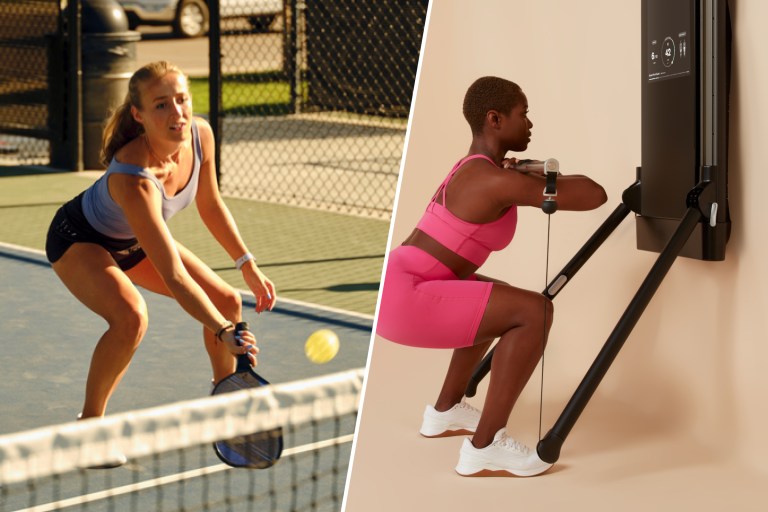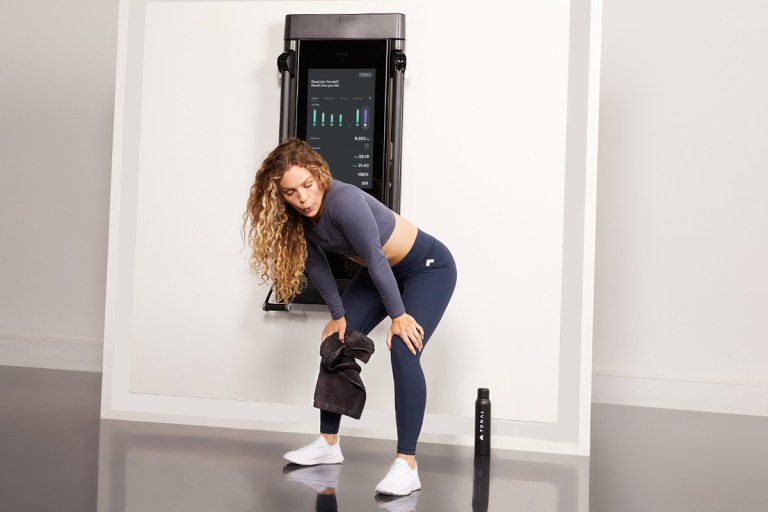How to Train for a Spartan Race on Tonal
Build functional fitness to smash your goals in an obstacle course race.
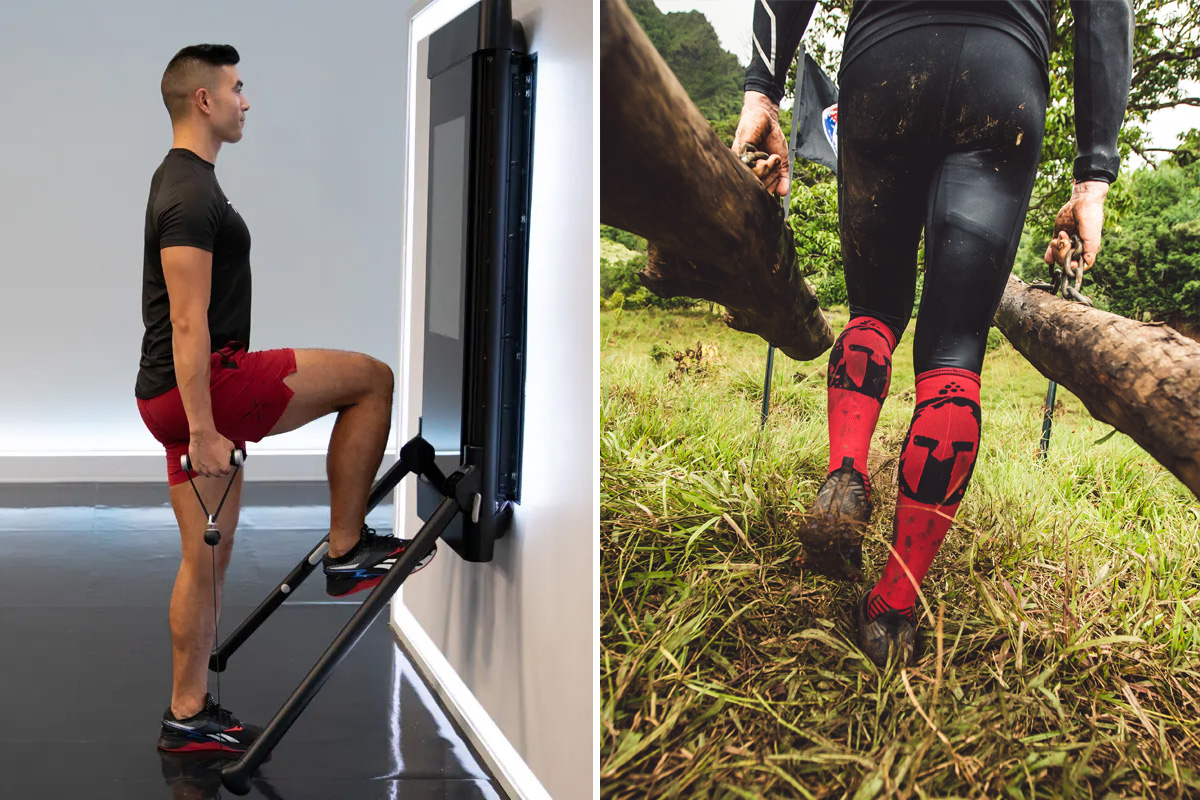
Even if you have experience with strength training, sports, or endurance running, completing an obstacle course race, such as a Spartan race, can be a novel—and exciting—challenge.
That was personal trainer Yeniz Parton’s experience with her first Spartan race in 2015. “It was a game changer,” says Parton, who has since become a certified Spartan SGX coach and now trains others for obstacle course races. “It drove a new spirit into fitness for me.”
Spartan races combine running with obstacles that test your physical and mental strength. In a race, you’ll cover anywhere from 5K (the Spartan Sprint distance) up to 50K (in the Spartan Ultra) and encounter at least 20 different obstacles. While there are some obstacles you’ll find in nearly every Spartan race—such as rope climbs, bucket carries, and crawling under barbed wire—the exact lineup is always a surprise so you won’t know for sure what to expect. Additionally, most races take place on mixed terrain where you might face mud, dirt, water crossings, or steep hills.
To prepare for anything an obstacle race can throw your way, you’ll need to hone your functional fitness—a combination of strength, endurance, and agility—according to Tonal coach and certified personal trainer Kendall “Woody” Wood. “The Spartan race is all-encompassing,” she says. “You want to be working on your overall strength, your cardiovascular fitness, and your [maximal] work capacity because it’s a taxing, full-body test of fitness.”
Even though a Spartan race sounds intimidating, the camaraderie of other participants and the encouraging, collaborative vibe of the event make it welcoming to athletes of all fitness levels. “You’re never alone,” says Christian Bizzotto, a certified personal trainer and Spartan SGX coach. “There are always thousands of teammates to help you get over a wall or get over an obstacle. That’s really what the sport is about.”
A solid training plan that includes all aspects of functional fitness will set you up for success so you can feel and perform your best on race day.
Spartan Race Training Regimen
Full-body strength, endurance, and agility will serve you well in any obstacle course race, but if you want to focus your training, here are the four skills experts agree are the most important:
Aerobic Capacity: While you’ll need strength to climb rope ladders and hoist heavy sandbags, Parton explains that most of the race is spent running, so a strong aerobic base is a must. “Endurance is the main thing,” she says. In addition to steady-state runs, she likes adding sprints and hill repeats to help athletes prepare for the unpredictable nature of the race courses. Mixing in cross-training such as cycling, rowing, and swimming can build your base as well if you’re prone to overuse injuries from running.
Bizzotto typically has his athletes devote at least two days each week to running and three days to metabolic conditioning workouts that include a mix of strength training and functional exercises.
Pulling Strength: For common obstacles that involve climbing, such as the rope climb and slip wall, you’ll need upper-body pulling strength, according to Bizzotto. To develop this strength in your lats, delts, and triceps, you’ll want to do exercises such as lat pulldowns and chinups.

Core Strength: Core strength, Bizzotto explains, is essential for many of the obstacles that appear to only require upper-body strength, including the tire flip and bucket carry. “You can never have enough core training,” he says. A strong and stable core helps transfer power between your upper and lower body to successfully complete these obstacles. Moves such as rotational chops and rotational lifts assist with this transfer of power.
Grip Strength and Endurance: From hanging on monkey bars to hoisting sandbags with a rope and pulley system, there are lots of Spartan obstacles that test your ability to grip an object for a long period of time. Moves like farmer’s marches can help with this, as well as deadlifts. When it comes to deadlifts, Bizzotto recommends lowering the resistance and upping the reps to build grip endurance. “Having the bar in your hand for a lot of reps develops the ability to hold that time under tension for longer,” he says.
How Can Tonal Help You Train for a Spartan Race?
With more than 250 moves and hundreds of coach-led workouts, Tonal can be your ultimate Spartan race training partner.
Because part of racing a Spartan race is learning to “push yourself out of your comfort zone,” as Parton puts it, Tonal’s digital weight makes it especially suited for this type of training. Parton says she’s frequently encouraging her athletes to lift a little heavier or do a few more reps. Since Tonal’s weights will automatically get heavier as you get stronger, you’ll gradually challenge yourself more in each workout.
“Spartan athletes should really be focusing on their basic functional movements,” says Wood, citing essential movement patterns including squats, hinges, pushes, and pulls. On Tonal, you can practice all of these exercises along with single-sided or unilateral variations to develop your balance and stability—both of which will come in handy on race day.
Additional Tonal modalities such as cardio and mobility can improve endurance and movement quality to round out your functional fitness.
Spartan Race Training Exercises
You can put it all together with this Custom by Tonal workout designed by Wood with insight from the Spartan experts. In this session, you’ll get a taste of the strength exercises you’ll need to show up strong on race day plus a dose of plyometric conditioning work to supercharge your aerobic engine. Alternating between strength and cardio moves will simulate what it’s like to go from running to obstacles on the course.
Tonal x Spartan Race Workout
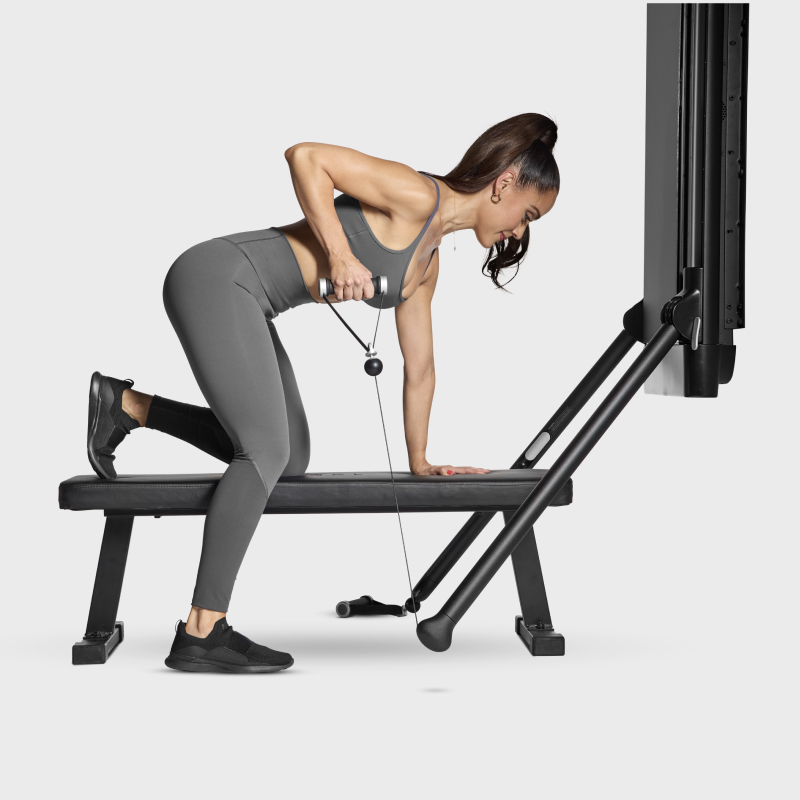
Block 1 [3 rounds + warmup on first two moves]
- Racked Offset Squat [6/6/8/10 per side]
- Single Arm Bent Over Row [6/6/8/10 per side]
- Lateral Bench Jump [30 seconds]
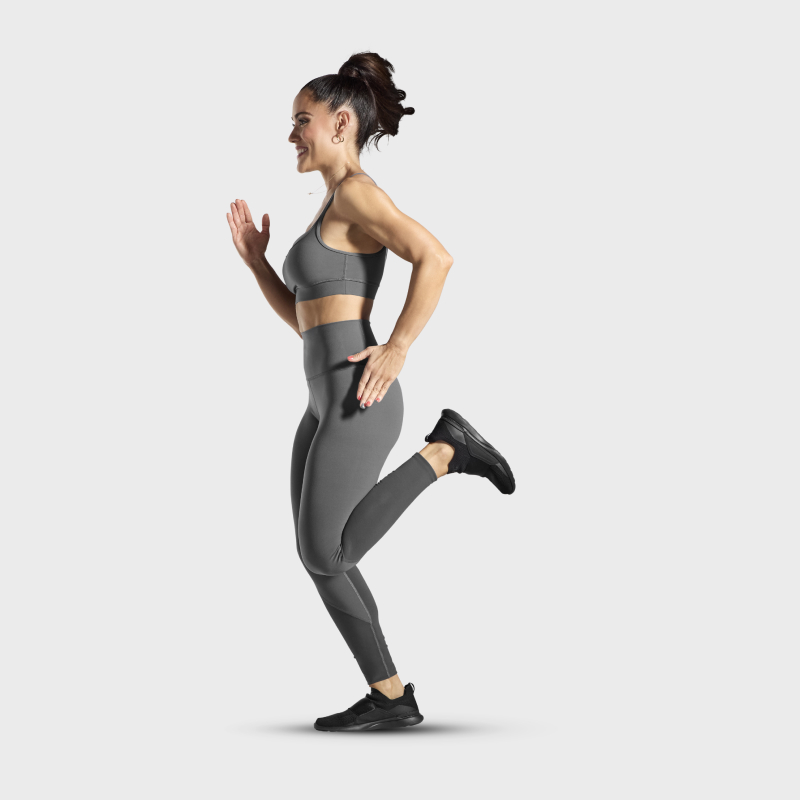
Block 2 [2 rounds]
- Butt Kicker [15 seconds]
- Spiderman Crawl [30 seconds]
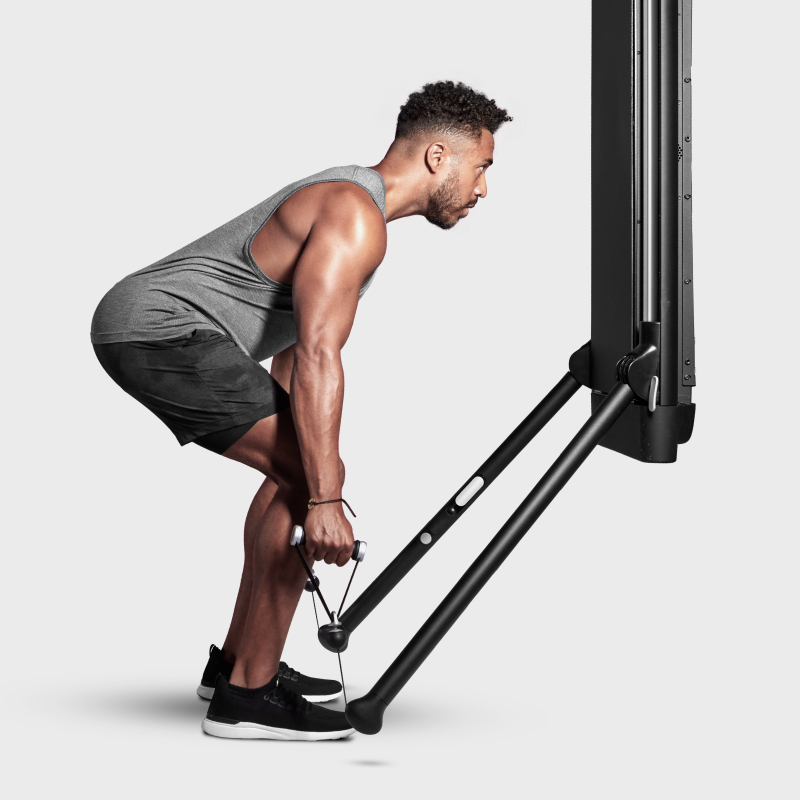
Block 3 [3 rounds + warmup on first two moves]
- Neutral Grip Deadlift [6/6/8/10]
- Standing Overhead Press [6/6/8/10]
- Beast Pushup [30 seconds]
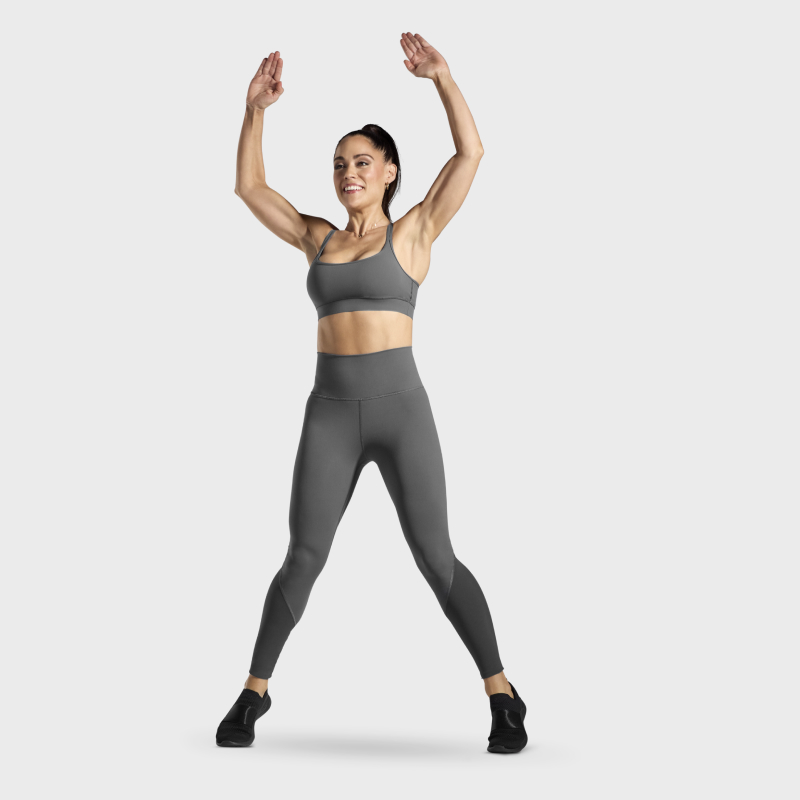
Block 4 [2 rounds]
- Jumping Jack [20 seconds]
- Broad Jump to Back Pedal [45 seconds]
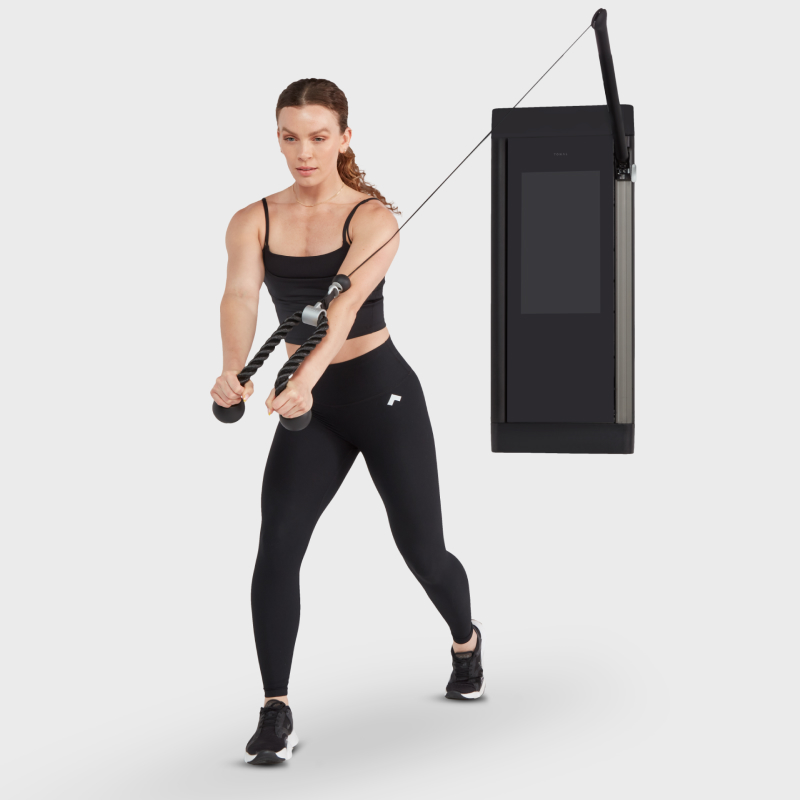
Block 5 [3 rounds]
- Rotational Chop [6/8/10]
- Mini Sumo Squat [12/16/20]
- 180 Jump Squat [30 seconds]
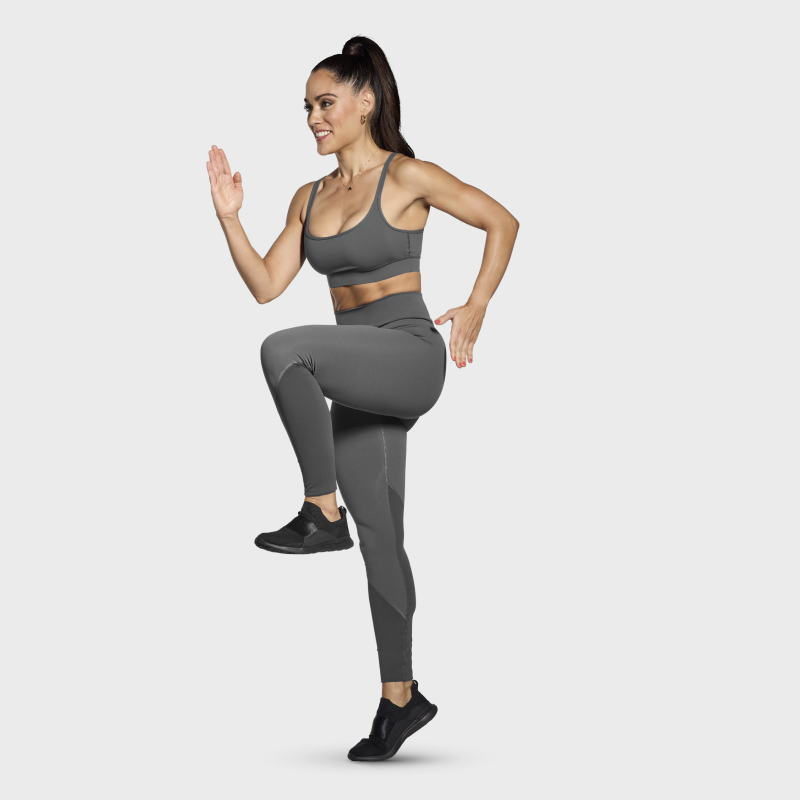
Block 6 [2 rounds]
- High Knee [30 seconds]
- Burpee [60 seconds]

